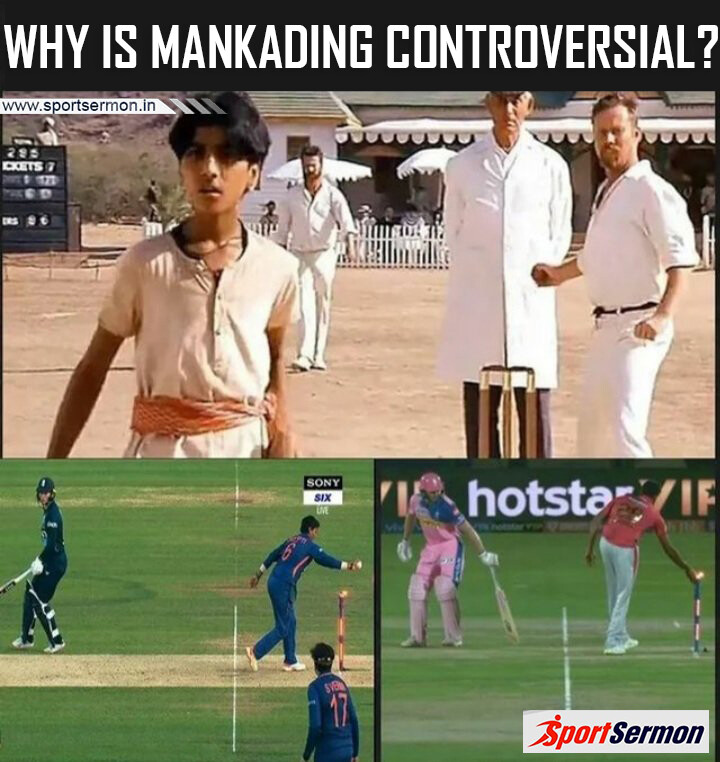Every cricket fan at least once in life wonders why is ‘Mankading’ controversial in the context of cricketing spirit. We read about Op-Eds and articles that have varied and at times contrasting takes on the validation of Mankading in cricket. And most recently, especially for young cricket fans, if they come across the word ‘Mankading’, and have been mystified about what is being talked about, here is a comprehensive explainer of the whole matter.
What is ‘Mankading’ in Cricket?
Simply put, ‘Mankading’ refers to the act of a bowler spotting the non-striker out of their crease and running them out before bowling the ball.
How did it get its name?
Although many such incidents had been recorded in first-class cricket since the 19th century, the first time a non-striker was run out by a bowler before delivering the ball in the international arena was when former Indian all-rounder Vinoo Mankad dismissed Australian Bobby Brown by running him out in a Test match in Sydney in 1947. Since then, such dismissal has informally been referred to as a ‘Mankad,’ although formal bodies such as the ICC and the MCC do not use the term officially.
List of all Mankading in Cricket History
- Australia vs West Indies, 1968: Australian batter Ian Redpath was found out of his crease by West Indian pacer Charlie Griffith in a Test match in Adelaide. Although the decision stood, Griffith received heavy criticism and West Indian skipper Sir Gary Sobers even had to apologise to Redpath at the end of the day’s play.
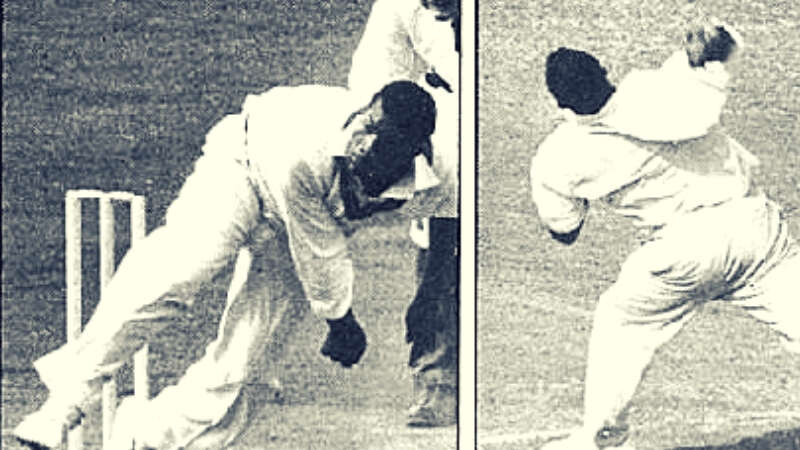
Courtesy- Chase Your Sport - India vs South Africa, 1992: Kapil Dev ran Peter Kirsten out at the non-striker’s end in an ODI during India’s tour of South Africa in 1992.
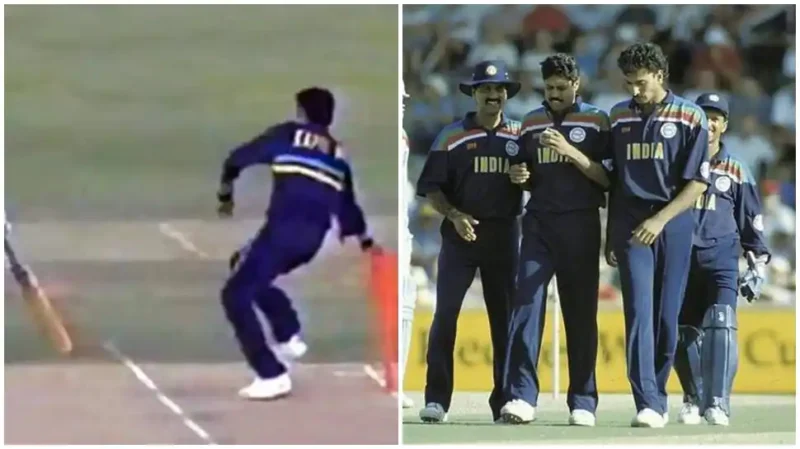
- Punjab Kings vs Rajasthan Royals, IPL 2019: In an Indian Premier League match, Kings XI Punjab bowler Ravichandran Ashwin ran Rajasthan Royals batter Jos Buttler out at the non-striker’s end for being out of his crease before he had bowled a ball. Interestingly, this was not the first time Buttler has been dismissed in this fashion – Sri Lankan spinner Sachithra Senanayake had also run him out in a similar manner at Edgbaston in 2014.
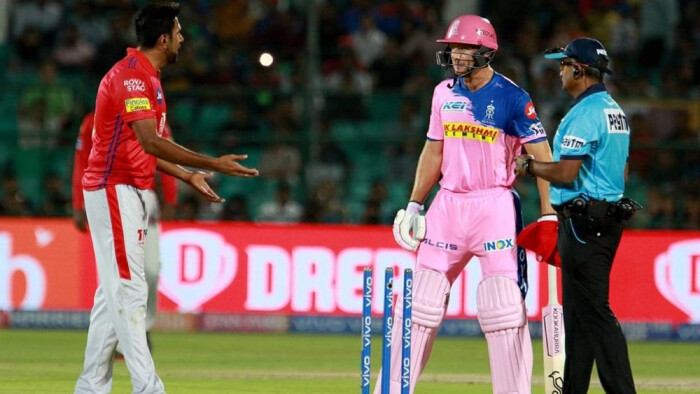
- India Women vs England Women, 2022: Indian all-rounder Deepti Sharma ran English batter Charlotte Dean out in a T20I match at Lord’s. This was the final wicket of the game and sealed a 16-run win and a 3-0 series sweep for India.
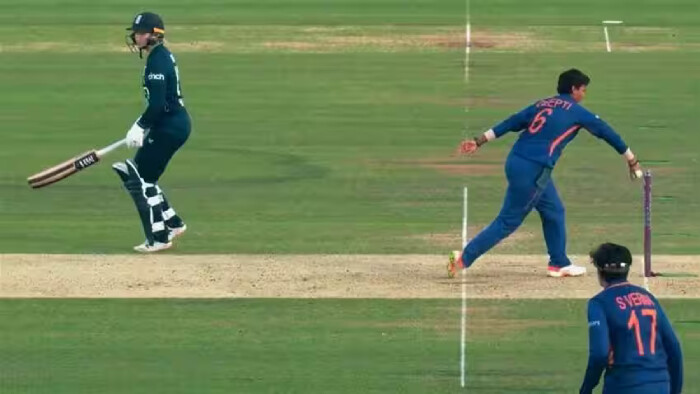
Why is Mankading Controversial mode of dismissal?
When the term ‘Mankading’ is brought up, the phrase ‘spirit of cricket’ cannot be far behind. The general idea within the sport seems to be that the act of ‘Mankading’ is within the rules of the game but not in the spirit of it, which is a distinction that usually divides the cricketing world into two camps whenever such an incident occurs.
While some argue that bowlers should not run batters out in such a manner, others insist that non-strikers should not be found outside their crease before a ball has been delivered.
Law 38.3 of the Marylebone Cricket Club (MCC), custodians of the laws of cricket, states: “At any time from the moment the ball comes into play until the instant when the bowler would normally have been expected to release the ball, the non-striker is liable to be Run out if he/she is out of his/her ground.”
Have there been any prior changes made to the law?
In 2017, the wording of the law was changed from “bowler attempting to run out non-striker before delivery” to “non-striker leaving their ground early” in order to put the “onus on the non-striker to remain in their ground.”
In the same year, bowlers were permitted to run non-strikers out at any point before they would normally have been expected to release the ball, i.e. when their arm reaches the highest point of their normal bowling action in the delivery swing. Previously, the cut-off for such a dismissal was before the bowler entered their delivery stride, which meant that non-strikers could leave their crease as soon as the bowler’s back foot landed.
MCC Prescribe changes in Mankading Rule in 2022
In October 2022, the MCC moved to de-stigmatise non-striker run-outs. One major argument in favour of this is the strictness with which bowlers are penalised for overstepping the crease while bowling, prompting calls for similar strictness being used to judge batters who leave the crease early.
What can be done about it?
Although the laws of the game side with the bowlers as it stands, there have been several suggestions regarding run-outs at the non-striker’s end. These pertain to the ‘spirit of the game,’ which demands that the fielding team warn a non-striker first before running them out or perform the run-out before withdrawing their appeal.
It has also been suggested that a deterrent like a run penalty be imposed on the batting side whenever the non-striker is caught out of their crease, which might force them to re-think their approach. However, as things stand, an agreement is unlikely to be reached, and bowlers who look to run batters out at the non-striker’s end need to be familiar with the wording of the law and be prepared to face a barrage disagreement from some corners whenever they dismiss a batter in this manner.

